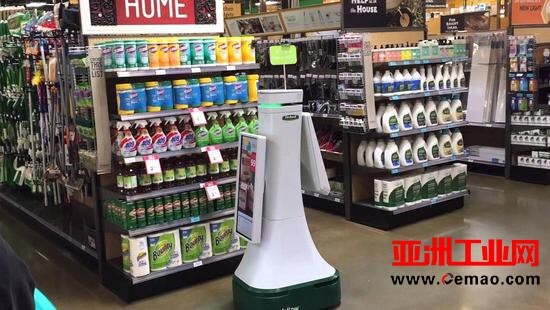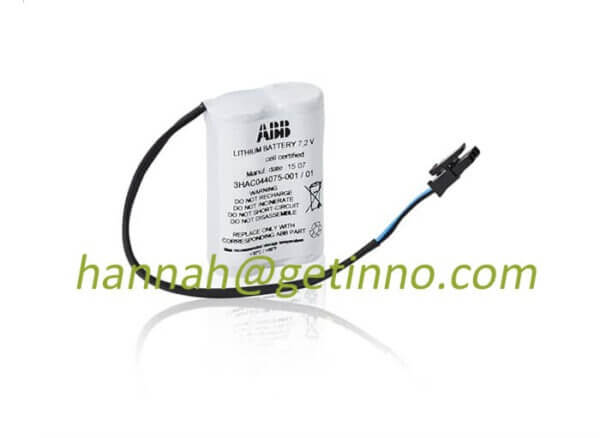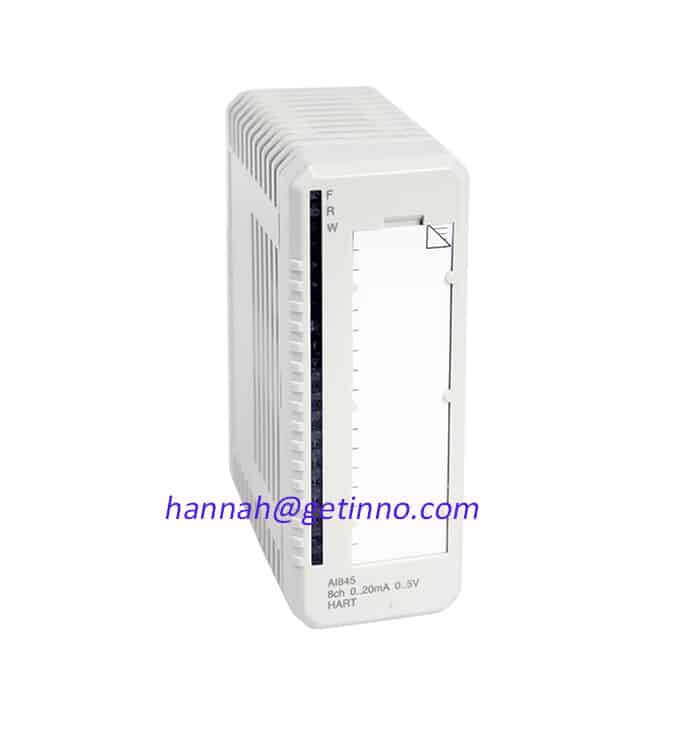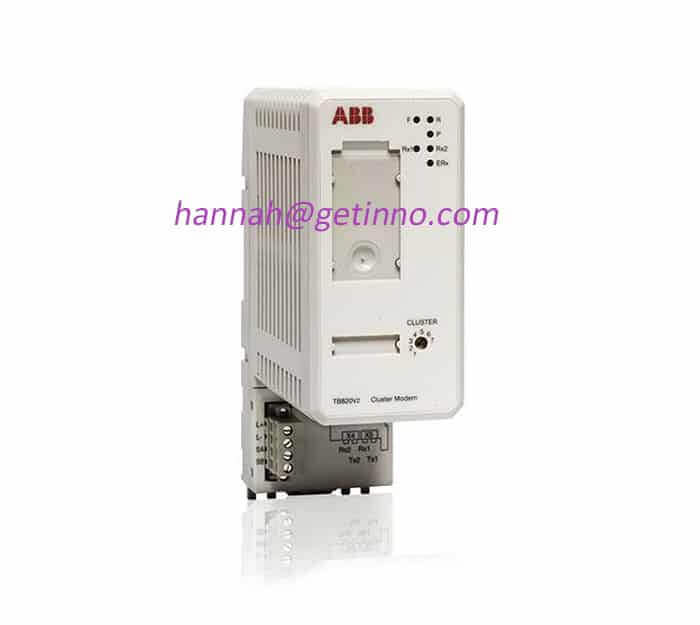Commercial indoor robot is the hot spot and trend of future robot development
AsiaIndustrial NetNews: In 2016, focus onrobotVenture capital funding for development has reached $1.95 billion, a 10-fold increase from six years ago, and the momentum isn’t slowing down in any way. Companies developing indoor Robots include Cobalt, Aethon, Simbe, Savioke, Diligent Droids, and PAL Robotics.
The vast majority of investments in the past have been focused on the following areas: logistics, warehousingautomationRobotic arms for manufacturing, healthcare, medical robots, drones, agricultural robots, automated vehicles.
The author has been observing the industry for many years, and finally decided to start a robotics company: Cobalt. It was established last year, but in March of this year, it really came to everyone’s eyes through news reports. I am convinced that indoor robotics in the commercial environment will be one of the fastest growing industries in the next few years, and it is precisely because of this trend that I choose to invest my own funds to start a business.
For many years, “unmanned automated indoor robot” actually has two meanings: one: robots in the field of manufacturing or material handling, which are often found in factories and warehouses; In the spectrum of robot complexity, the former is on the left, and the home robot is on the far right of the robot complexity.
On the one hand, there is a highly structured and complex environment, such as factories and warehouses; on the other hand, there is a very single-structured environment: such as the home environment. But in the middle, there is an environment that most people ignore: the business environment.
In the past few years, robots in factories and warehouses have often performed repetitive tasks in relatively independent and isolated spaces, making operators keep a certain distance from the machines. However, with the further evolution of the Robot Industry, such a normality will undergo very subtle changes in the future, but that is another article. Today we will not press the table for the time being.
At the other end is the home environment. The home environment is not like a factory. Everything is in its place, and everything in it is constantly changing, because there are adults, children, pets, messes, and stairs. Of course, in this scenario, you can develop some robot products with a relatively single purpose, such as sweeping robots, washing clothes, feeding pets, but in addition, you will find that developing a robot product that truly conforms to human nature and meets the needs of all aspects of life The robot is as difficult as reaching the sky.

But now, in the middle of this spectrum, there is a huge, neglected market: the business environment.
The so-called business environment includes hotels, hospitals, offices, retail stores, banks, schools, nursing homes, shopping malls, museums and so on. If you want to develop a home robot that meets the various needs of human beings, then you might as well focus on the development of indoor robots in a commercial environment. Only if we can successfully overcome this hurdle will it be possible to realize the popularization of home robots.
Why do you say that? Because compared with the home, the commercial environment has the following very key advantages:
1. The business environment itself, together with the various business activities that take place within it, occupies a very large proportion in the entire economy and plays an absolutely important role.
In particular, there are various “pain points” in different business environments, and these companies also have a large budget on hand because of the urgent need for solutions. Under this premise, robots can provide a huge enough value that can be quantified.
If we compare it to a “home robot”, it’s a tall order. Consumers of “home robots” often have spare money in their hands, but they don’t have much money. They don’t know how to spend it before they want to buy a robot and try it out. What’s more, the value of the robot itself is not very clear.Correspondingly, the functions of robots in commercial environments will be very clear, with clear needs and sufficient budgets, which is one of the reasons why robots in commercial environments can rise in the next few years.
2. There are many strict laws in the business environment with clear requirements for buildings.
For example, the Americans with Disabilities Act requires that building spaces be designed to be accessible to people with disabilities. It is precisely because of the existence of these bills that the design of doorways, entrances, slopes, elevators, corridors, and guide signs is unified, which greatly facilitates the designers of robots. For example, if we want to design a robot similar to an electric wheelchair, we already have many feasible reference cases and design standards, because we only need to refer to the electric wheelchair.
3. The vast majority of business environments have a very reliable communications infrastructure.
Such as cellular network and Wi-Fi, this is to meet the normal business operation needs, but also means that the robot inside maintains a real-time and seamless connection with the cloud. In fact, this last point is the most easily overlooked. Automation often lacks the last “step”, mainly because of the lack of data connectivity. Let’s see how difficult the self-driving car is in this regard! With such reliable network support, people can control the robot remotely. Today, with the continuous development of algorithms and sensors, it is easy for us to open up applications that meet practical needs.
For the above reasons, we can foresee that in the next few years, the development of robotics in the commercial environment will become a trend.
Several companies are now focusing on developing indoor robots, including: Cobalt (my company), which provides security, patrolling and other services for offices, museums and other indoor environments;
Savioke, which provides robot waiters in hotels;
Robots developed by Maidbot can clean hotel rooms;
Pal, Simbe, Bossa Nova and Keonn, these companies develop robots focused on inventory management in retail stores;
Robots developed by Fello provide monitoring and analytics for retail stores;
Diligent Droids, developed a nurse assistant robot for hospitals;
The robot developed by Aethon can carry out the transportation and delivery of items.
In fact, in essence, the products developed by these companies are no different from an unmanned self-driving car, but the realized value is different, the customers are different, and the components are different. So while billions of dollars are spent on research and development of self-driving cars, the entire automation industry has benefited: technology has improved and costs have decreased, including but not limited to the following areas: Sensors, computing hardware, algorithms, artificial intelligence, machine learning, open source software, etc.
But at the same time, the development of indoor robots also has different degrees of challenges. Unlike self-driving cars, indoor robots need to interact closely with people in a space and integrate seamlessly with a company. It is for this reason that when designing these robots,industryDesign, human-machine interaction, and even psychology have become very important areas of knowledge. Therefore, if a company wants to engage in development in this area, it is necessary to search for talents in these fields as soon as possible.
Over the years, the most gratifying thing to me is that these emerging companies are no longer obsessed with the concept of the past, and will not be developed just to create cool robots. Often these robots in the past have a larger form. content. Companies are now focusing on the problem itself, targeting real customers willing to pay. If my judgment above is true, we will see a strong rise in indoor robots in the next few years!
The Links: JZRCR-NTU02D-3 3HNA015218-001 IGBT
Pre: Jointly issued by seventeen departmen... Next: The industrial robot market continues...




